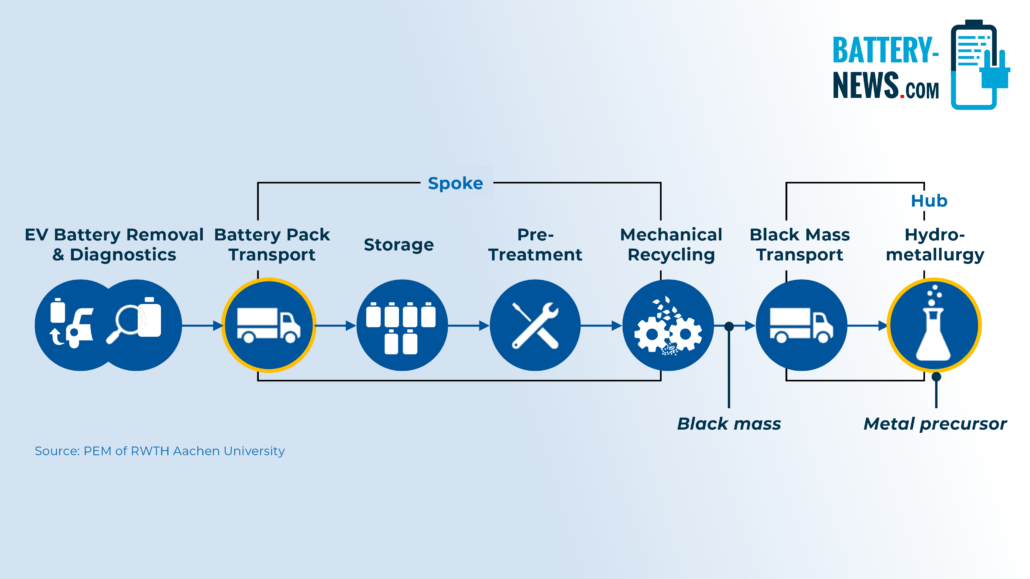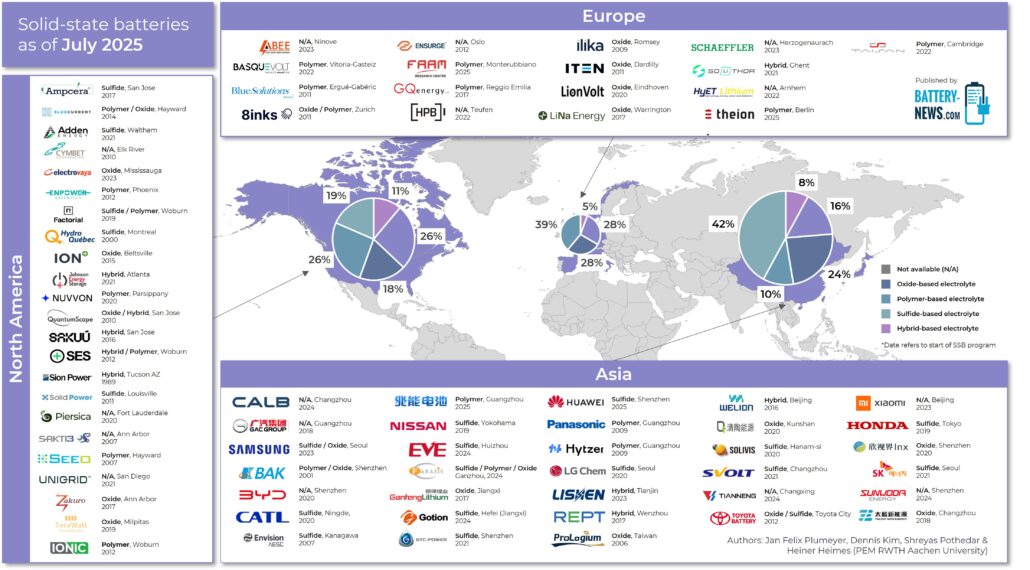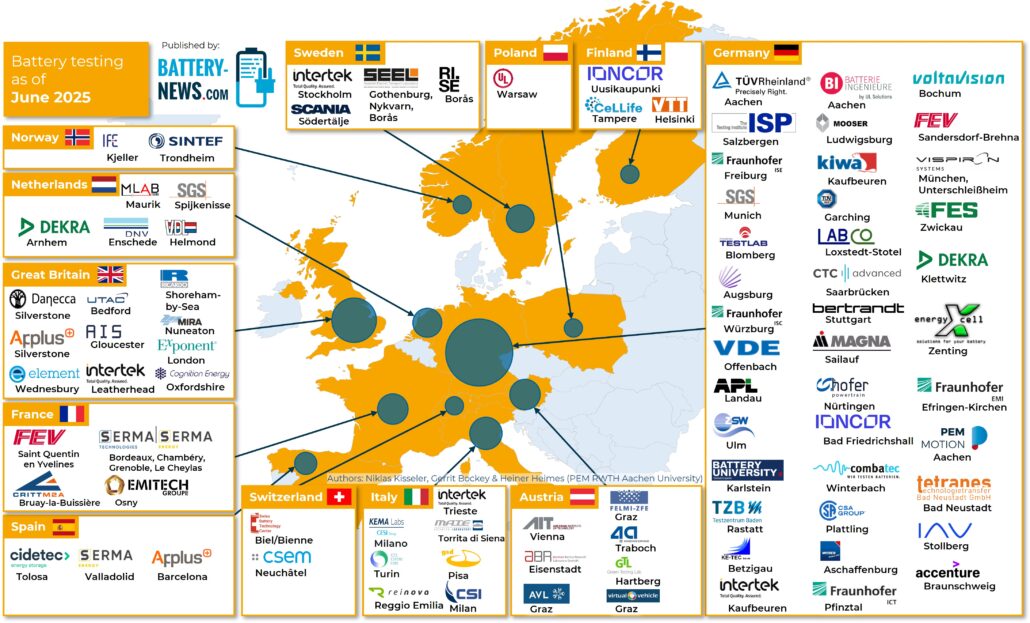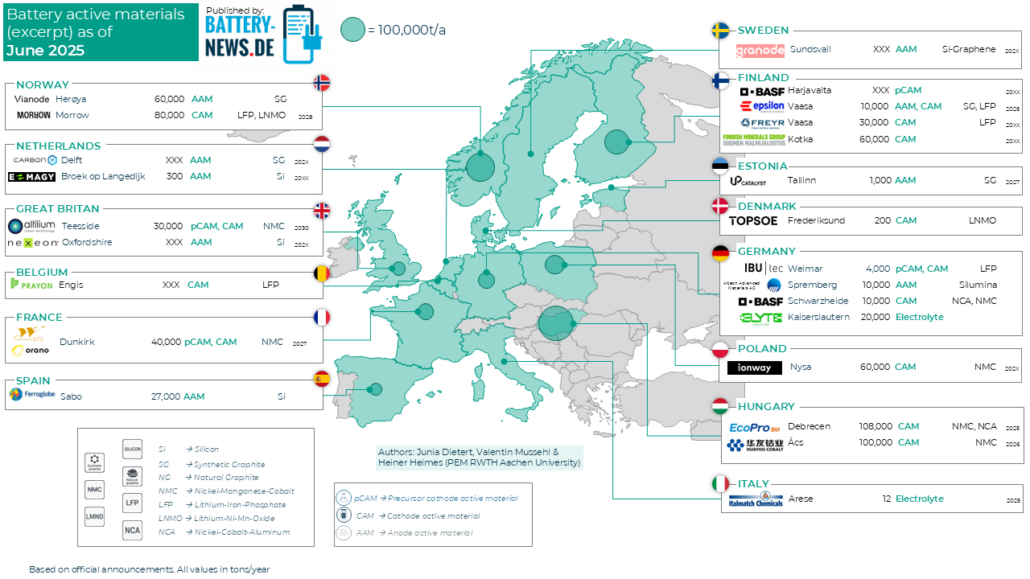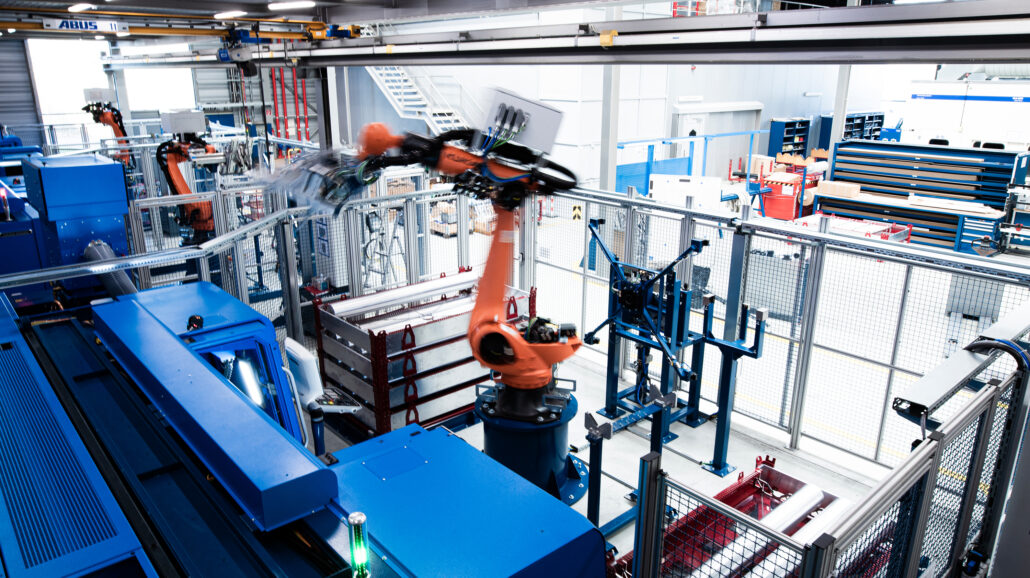“State-of-Charge Estimation Errors Can Cost up to Ten Percent of Sales”
Battery storage systems are crucial components of the energy transition. ACCURE co-founder Dr. Georg Angenendt explains what challenges these systems are currently facing.
“State-of-Charge Estimation Errors Can Cost up to Ten Percent of Sales” Read More »


